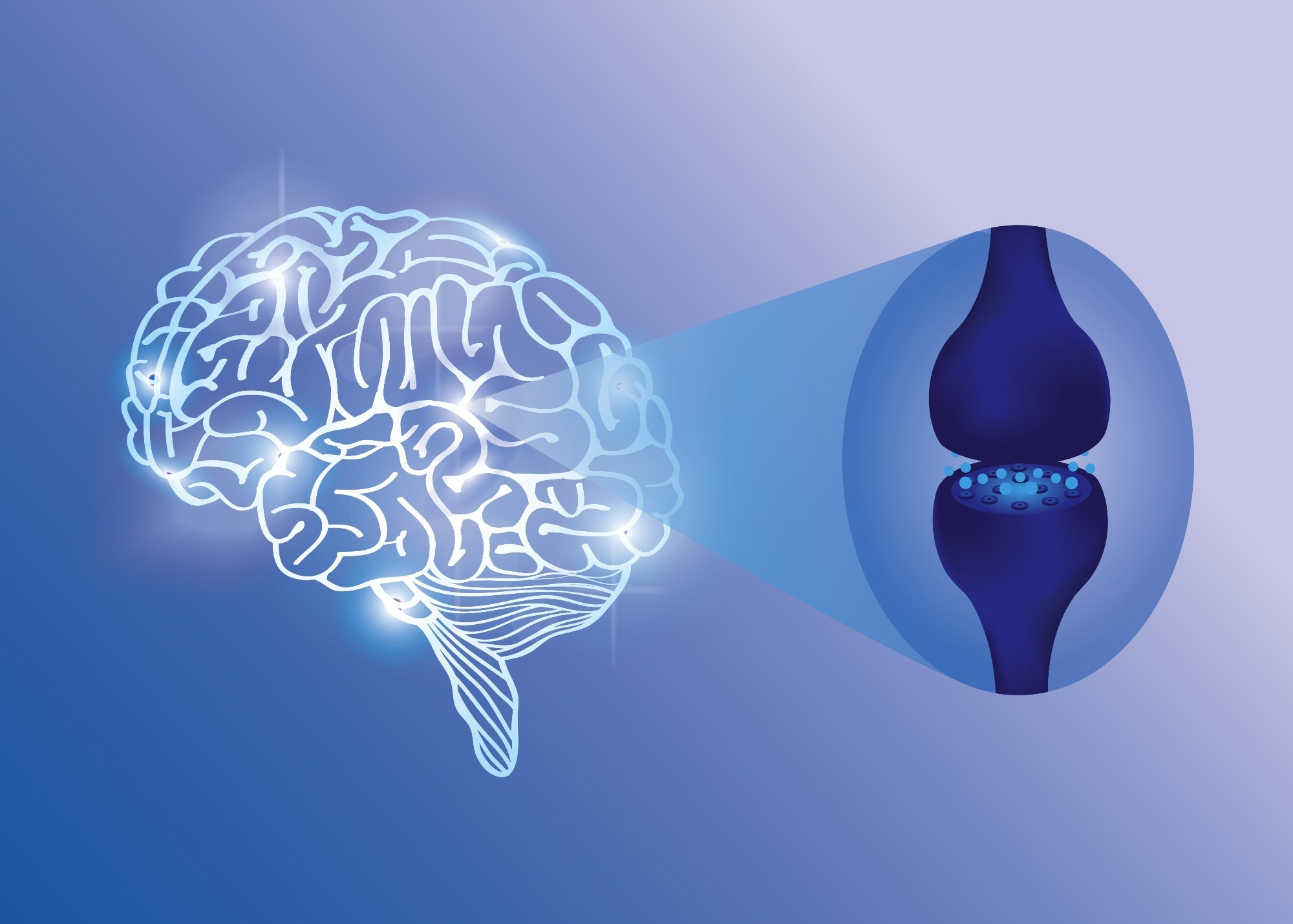Nanosystems with different compositions and biological properties have been extensively investigated for drug- and gene-delivery applications. Nanoparticles have tremendous potential as effective drug delivery systems because they release their cargo and liberate their structural components.

Study: Design and function of targeted endocannabinoid nanoparticles. Image Credit: WuttikitStudio/Shutterstock.com
Due to the endocannabinoid-like activity of N-acylethanolamines (NAEs) oleoyl ethanolamide (OEA) and linoleoyl ethanolamide (LEA), an article published in Scientific Reports presented OEA-LEA-derived target-specific endocannabinoid nanoparticles by conjugating with tissue-specific molecules that are capable of reducing inflammation by localizing at a specific target site.
The present work offers a novel drug delivery system utilizing the target-specific pharmacological effects of endocannabinoids to treat conditions such as cancer, epilepsy, and arthritis and to improve the quality of life and patient management.
Endogenous Cannabinoids
NAEs are body lipids that occur naturally, are involved in various physiological and metabolic activities, and include endocannabinoids as one of the component groups. Anandamide, a crucial biochemical lipid molecule, is an extensively studied NAE.
Although the anti-inflammatory benefits of anandamide are widely known, its function and effectiveness in vivo are constrained by fatty acid amide hydrolase (FAAH). Because of their anti-inflammatory and analgesic characteristics, several less-known NAEs such as OEA, LEA, palmitoylethanolamide (PEA), and stearoylethanolamide (SEA) have been thoroughly studied because of their potential to serve as therapeutic substitutes for anandamide.
The ability of LEA to inhibit FAAH has been demonstrated to prolong the half-life of anandamide and improve its therapeutic efficiency in inflammatory disorders. Similarly, OEA exerts significant anti-inflammatory effects by increasing the expression of peroxisome proliferator activating receptor (PPARα) and limiting the production of pro-inflammatory cytokines.
The glutamate signaling pathway mediates the diminished nociceptive effects of OEA. In general, the endocannabinoid system is beneficial for regulating the motility of immune cells, nociceptive transmission, and cytokine production.
Nanomedicine and nano delivery systems are a relatively new but rapidly developing science where materials in the nanoscale range are employed to serve as means of diagnostic tools or to deliver therapeutic agents to specific targeted sites in a controlled manner. Nanotechnology offers multiple benefits in treating human diseases by site-specific, and target-oriented delivery of precise medicines.
Nanoparticles used as drug delivery vehicles are generally less than 100 nanometers in size and consist of different biodegradable materials such as natural or synthetic polymers, lipids, or metals. Nanoparticles are taken up by cells more efficiently than larger micromolecules and can be used as effective transport and delivery systems.
For therapeutic applications, drugs can be integrated into the matrix of nanoparticles or attached to the surface of nanoparticles. A drug-targeting system should be able to control the fate of a drug entering the biological environment.
Targeted Endocannabinoid Nanoparticles
Previous studies have revealed the self-assembling behavior of mixed NAE lipid lyotropic mesophase, indicating the ability of LEA and OEA mixtures to form various types of nanoparticles. Thus, the present study demonstrated the optimum ratio of LEA to OEA required to develop stable crystalline liquid mesophases and nanoparticles at physiological temperatures and in aqueous solutions.
Synovium-targeting peptide (HAP-1) conjugated polyethylene glycol (PEG)-oleoyl was integrated into the membrane of nanoparticles and administered into an adjuvant-induced mouse model to explore the localization and therapeutic efficiency of nanoparticles.
Testing the prepared nanoparticles in vitro and in vivo showed that conjugation of HAP-1 to the surface of nanoparticles was feasible and resulted in a specific binding with greater uptake of nanoparticles to fibroblast-like synoviocytes (FLS).
Target sites had a larger release of nanoparticle membrane components, according to biodistribution studies of targeted and non-targeted nanoparticles that regulated the levels of endocannabinoids and the generation of cytokines and decreased inflammation.
The RNA sequencing demonstrated the anti-inflammatory effects mediated by inhibition of cytokine pathways, toll-like receptor (TLR), Janus kinase-signal transducers and activators of transcription (JAK-STAT), and peroxisome proliferator-activated receptors (PPAR) signaling, as well as the regulation of transcriptional factors at sites of inflammation. These findings agreed with previous reports showing that OEA and LEA have inherent anti-inflammatory and analgesic properties.
The possibility of using the endocannabinoid nanoparticles as therapeutic agents for liver fibrosis, interstitial lung disease, scleroderma, and other fibrosing disorders was indicated by the control of the hepatic fibrosis canonical pathway.
By preventing hepatic stellate cell activation in vivo, the administration of OEA suppressed the progression of liver fibrosis. Furthermore, by controlling pro-inflammatory mediators such as vasoactive amines, cysteinyl leukotrienes, and cytokines, endocannabinoid nanoparticles may have therapeutic use in allergic inflammation.
Conclusion
In summary, the present study presents tailored nanoparticles with built-in endocannabinoid activity in the target region, which was employed as a drug delivery system. This investigation presented several benefits and the possibility of treatment in the management of fibrosis, chronic pain, and neurological disorders such as Alzheimer’s disease.
Reference
Barrie, N et al. (2022). Design and function of targeted endocannabinoid nanoparticles. Scientific Reports. https://www.nature.com/articles/s41598-022-21715-1
Disclaimer: The views expressed here are those of the author expressed in their private capacity and do not necessarily represent the views of AZoM.com Limited T/A AZoNetwork the owner and operator of this website. This disclaimer forms part of the Terms and conditions of use of this website.